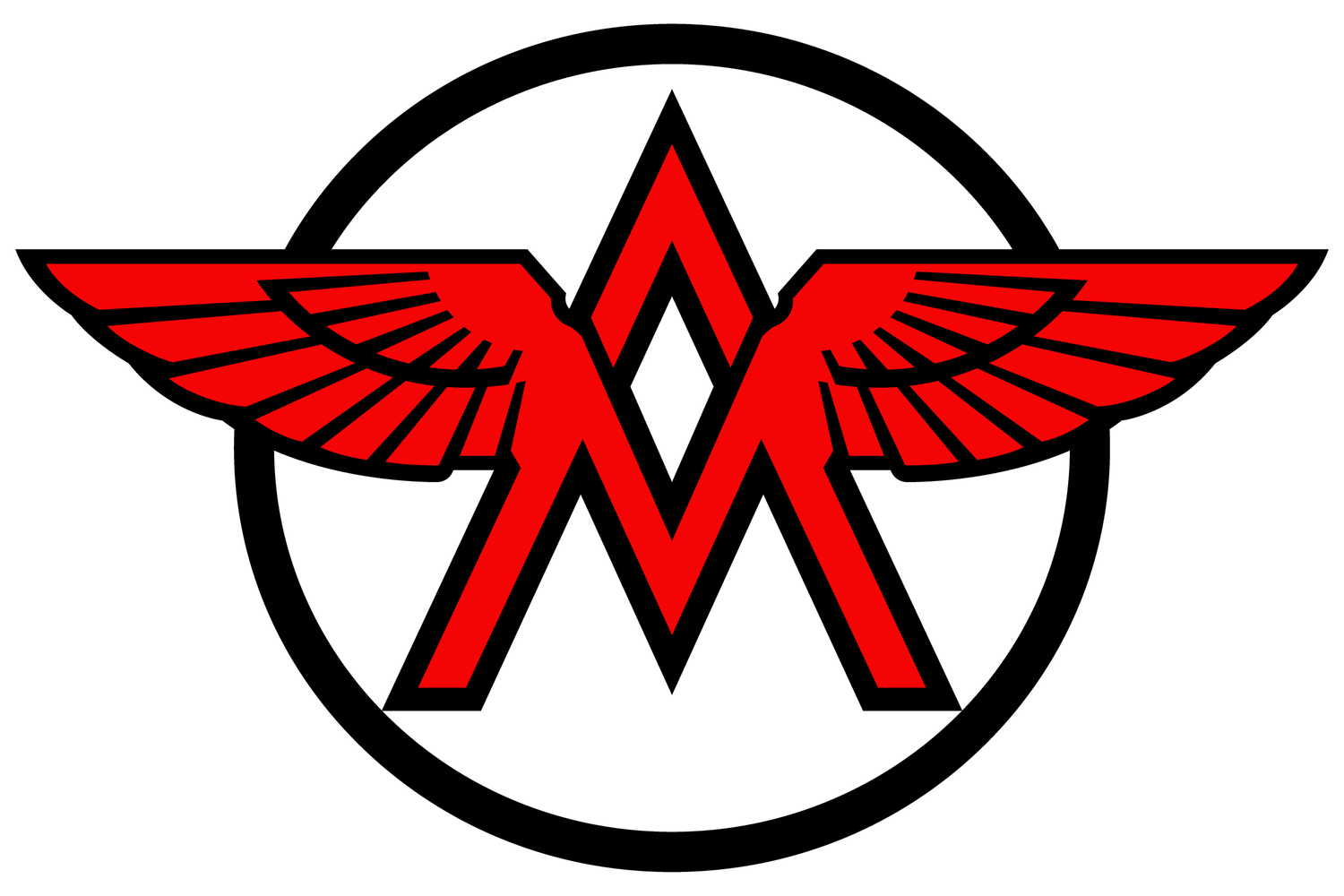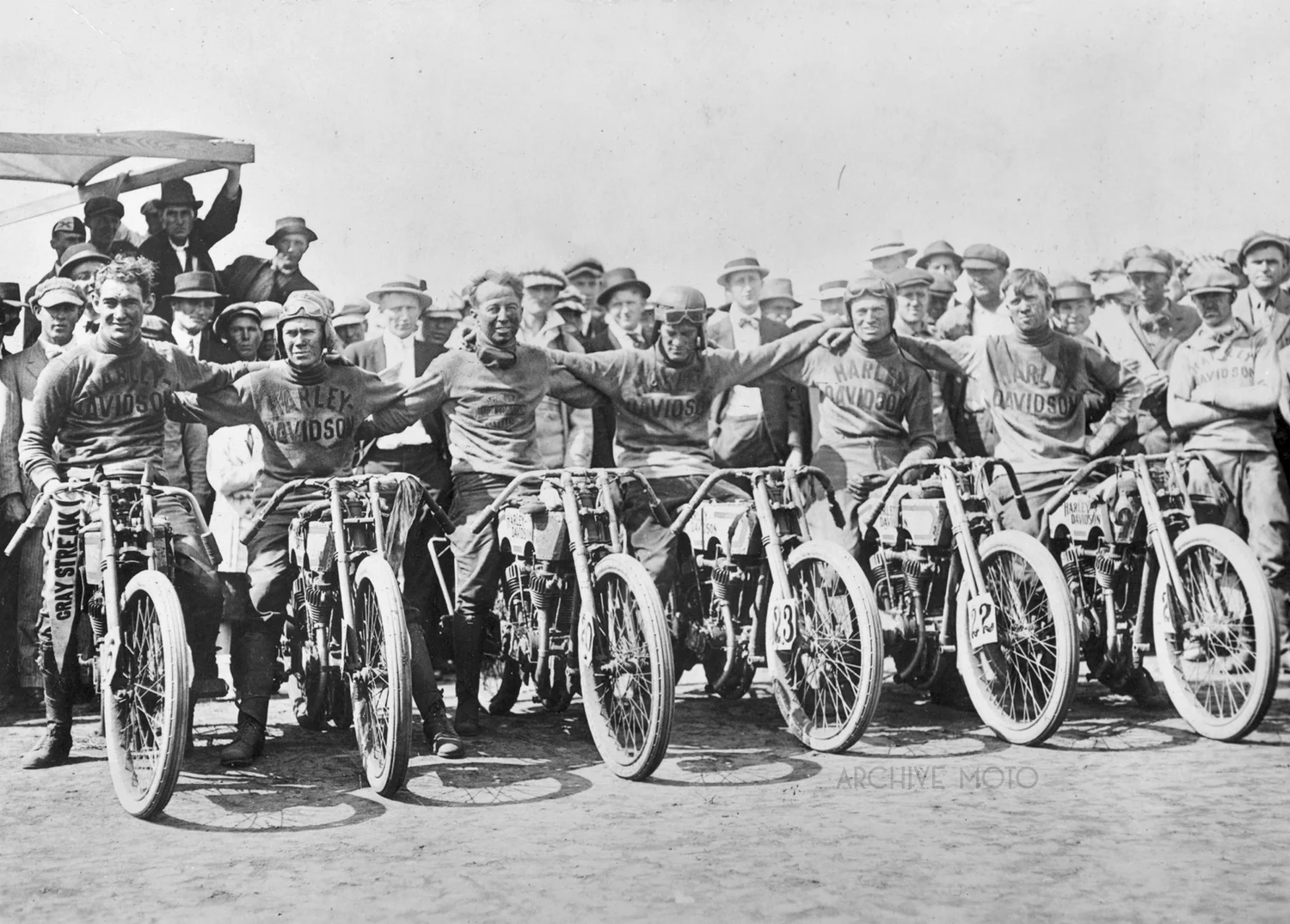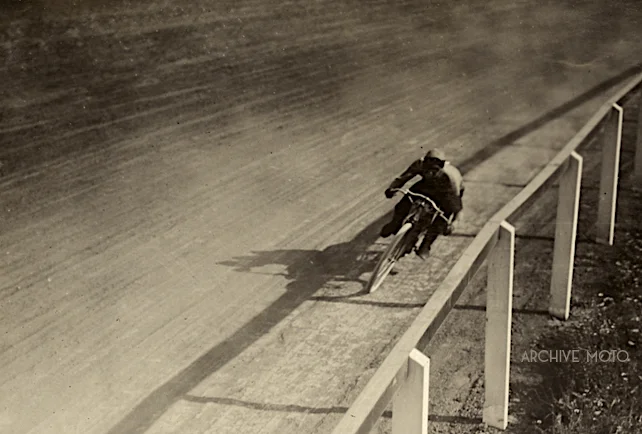It was on this day 241 years ago that the leadership of a rebellious British colony approved a resolution which formed two battalions of fighters specifically trained to fight for our independence on land and at sea. Today all of America celebrates the exemplary men and women, both past and present of our United States Marines Corps.
It was America’s involvement in World War I that prompted the US Marine Corps to begin expanding their aviation division, creating two separate air-based forces. In early 1918 The First Marine Air Squadron was deployed to France to engage in areal combat, the second division, the First Marine Aeronautic Company was deployed to the naval base at Ponta Delgado in the Azores. This unit, comprised of nearly 150 men was charged with the task of hunting submarines in the mid-Atlantic, and the young Marine in this photo, posing proudly with his government issue Indian Power Plus was taken at that base in the Azores during the deployment of 1918. However, by November 11, 1918, the Great War was over, and after only a year long deployment the Marines stationed at the Azores and across Europe returned home, bringing with them the admiration of the world as well as a new nickname, “Devil Dogs” as given to them by their German adversaries at the Battle of Belleau Wood.
“I am convinced there is no smarter, handier or more adaptable body of troops (U.S. Marines) in the world…Always spick and span, ready at an instant's notice for duty, the nation owes them a great debt.” - Winston Churchill, 1917.





